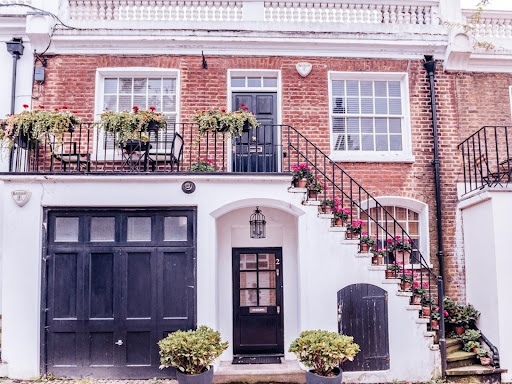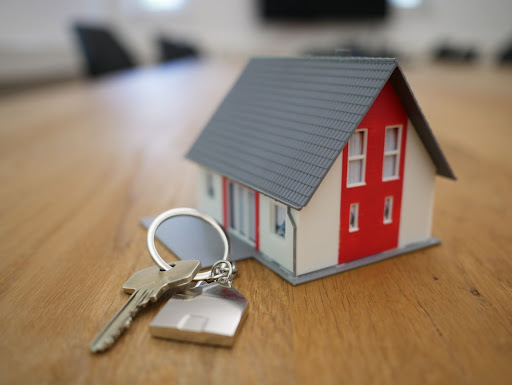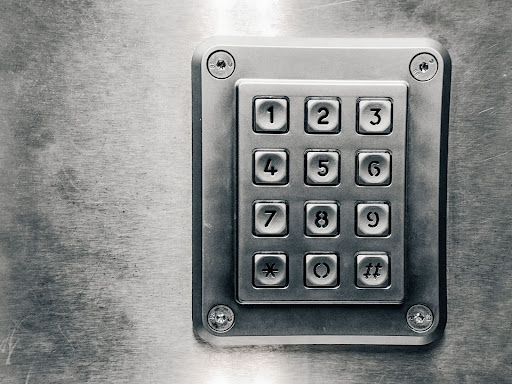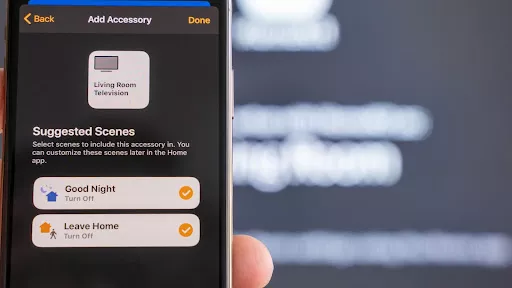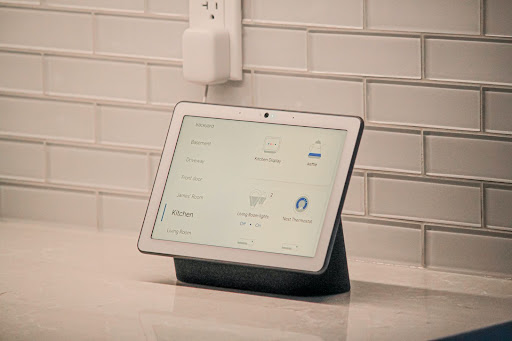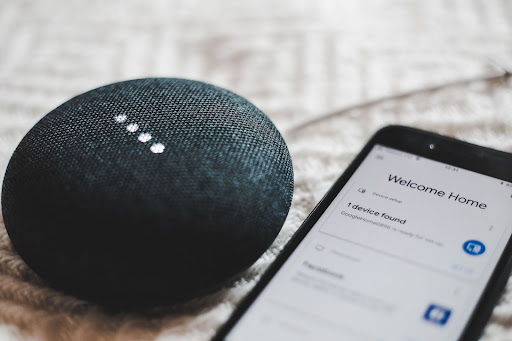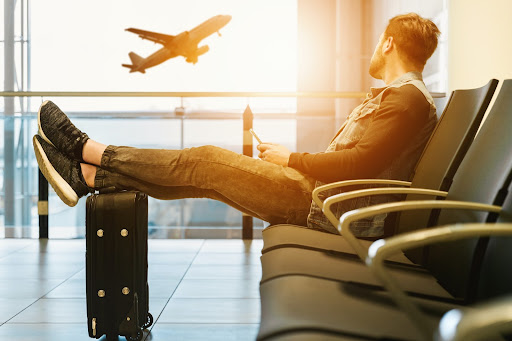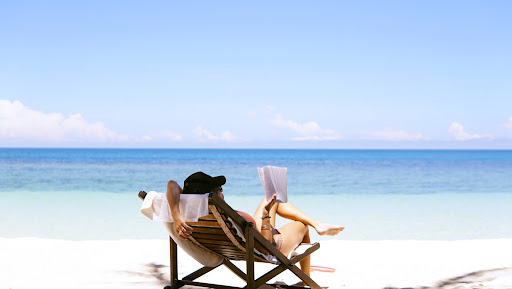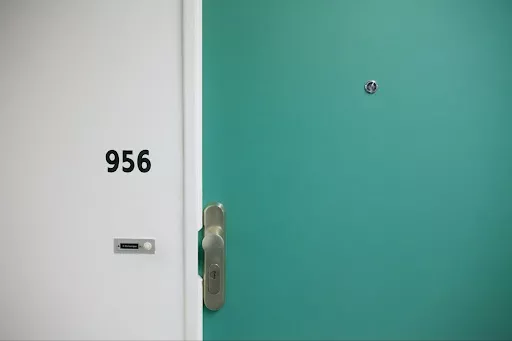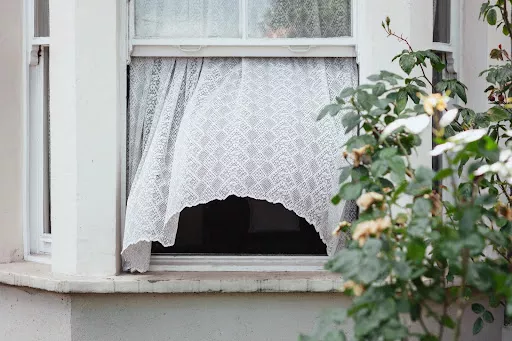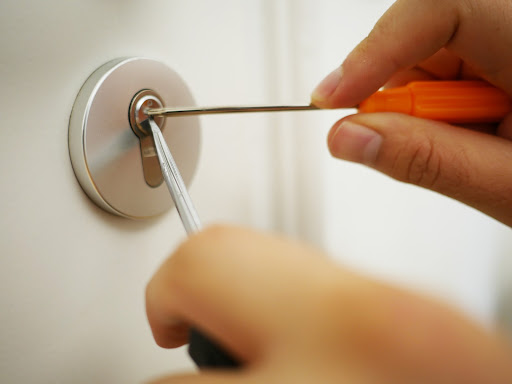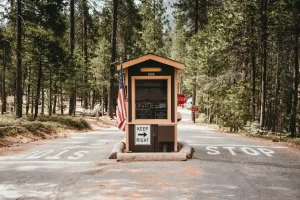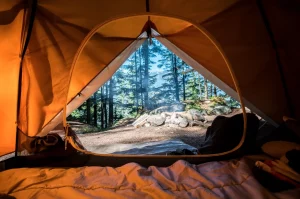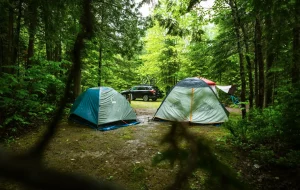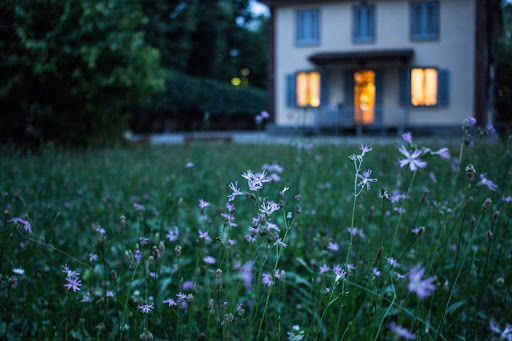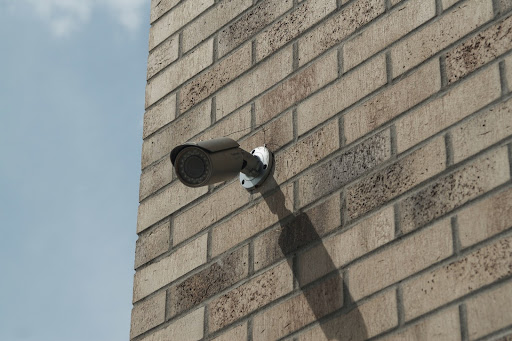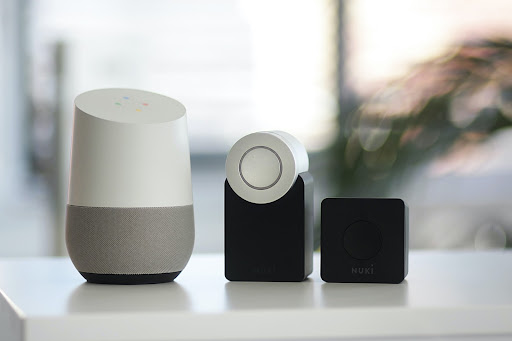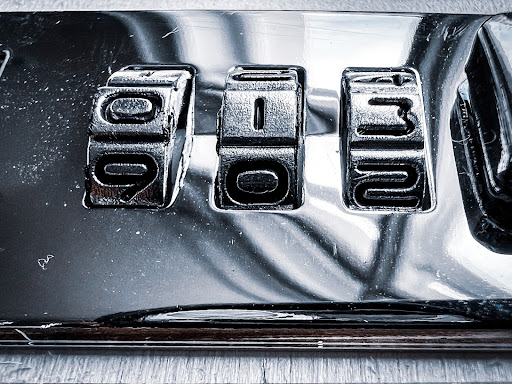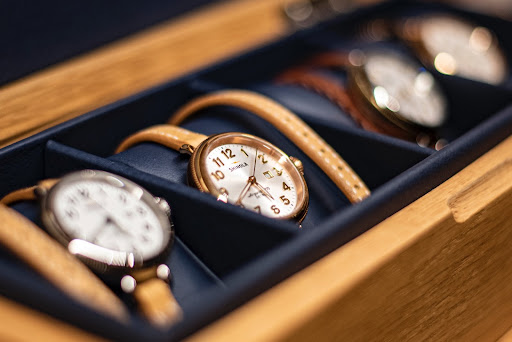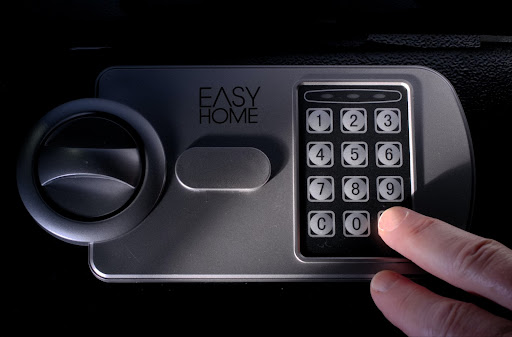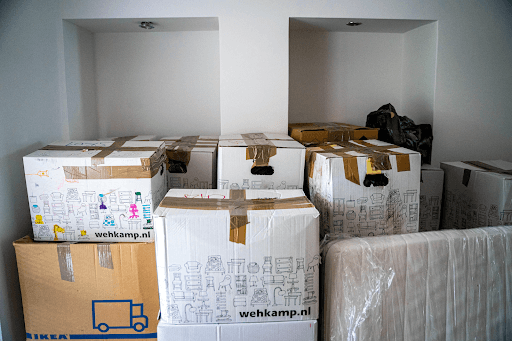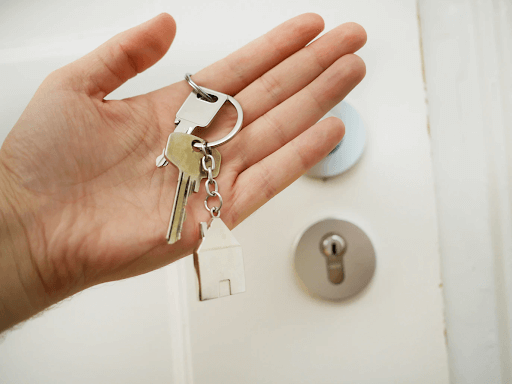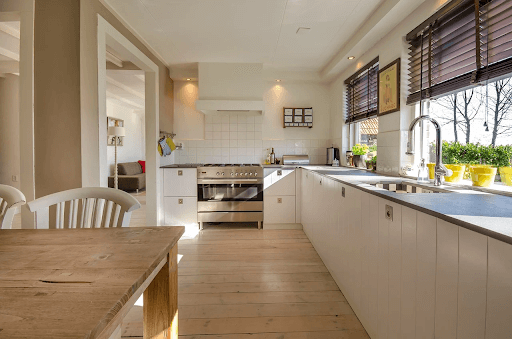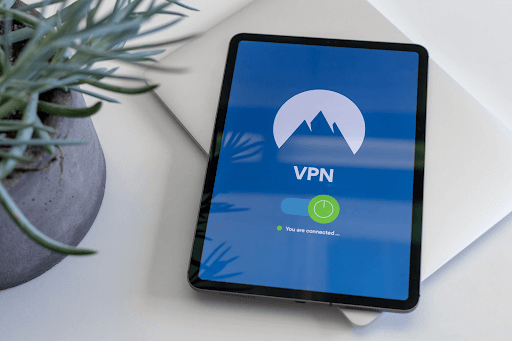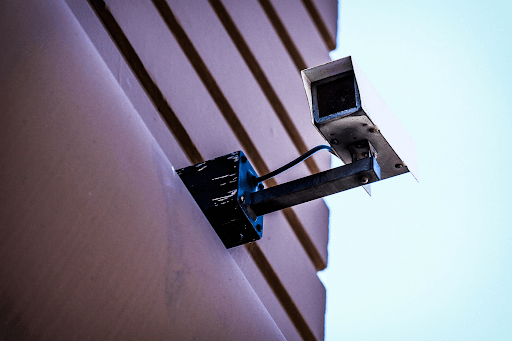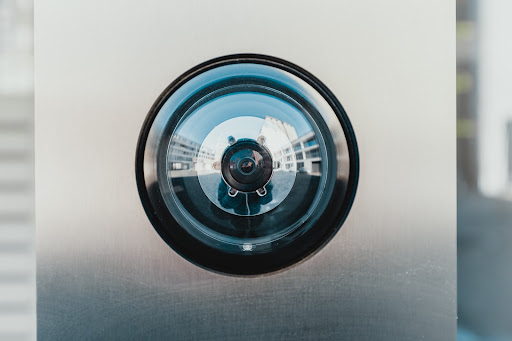When it comes to home security, it’s important to take all the steps necessary to ensure that you, your family, and your belongings are safe. One of those steps is a home security audit. This type of audit is a comprehensive home security check and is just as important as the walkthrough you perform as a buyer when checking out your new home.
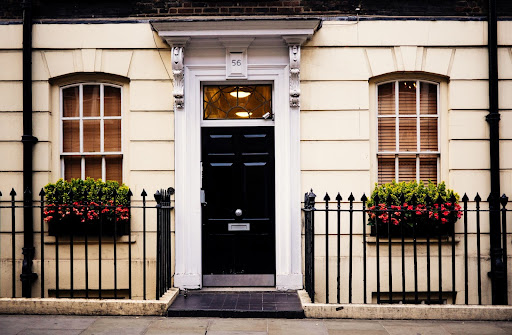
Home Security Audits
A home security audit leads you through a checklist of items to improve the security of your home. As you go through the checklist, you make a note of the problem areas and can schedule professional services to remedy them. The audit may take a few hours to a few days to complete, depending on the size of your home and how long it’s been since your most recent audit was performed.
Some of the items covered in the audit include checking the locks on your home’s exterior doors, windows, and other access points to ensure that your locks are secure and functioning properly; testing for any weak points in your security system, such as faulty hinges, loose door handles, and other potential vulnerabilities; and considering every possible entrance in your home to find ways to improve their resistance to unwanted entry.
New Home Walkthroughs
A new home walkthrough, on the other hand, is done when you’re moving into a new home. This walkthrough helps you become familiar with the layout of the home and all the potential security risks. It also helps you become aware of any potential issues like faulty locks or weak points in the security system. A new home walkthrough contains many of the same steps as a home security audit, but includes additional items such as making a log of existing damage to the home or checking to make sure that all the lights and appliances are in good working order.
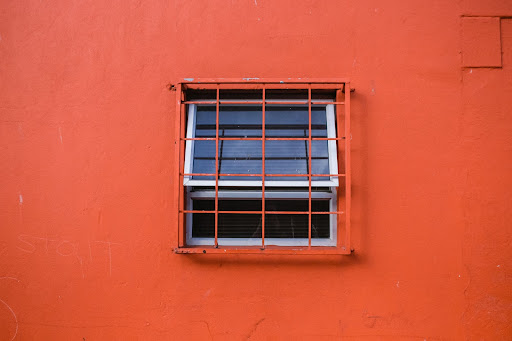
What You Check During an Audit
Although the full audit checklist is extensive, some of the things you can expect to consider include:
- Testing all doors and windows for proper operation and secure locks
- Checking and upgrading the materials used to construct your windows and doors
- Setting up and/or maintaining a security system, including cameras, lights, and alarms, in and around your home
- Installing a peephole on all entry doors
- Investing in a security fence or wall around your property
- Adding outdoor lighting to illuminate dark areas
- Trimming shrubs and trees away from windows and around the perimeter of your home
- Keeping ladders and other tools inside a garage or shed at all times
Each checklist item ticked off or improved upon adds an additional level of security to your home. Keeping your family and your possessions safe is essential, and an audit can help you identify weak points in your home security system.
After the audit is complete, it’s time to take the steps necessary to improve the weak points you identified. This could include installing additional locks, upgrading your security system, or other measures. It’s important to carefully consider all of the weaknesses you found and implement the fixes as soon as possible.
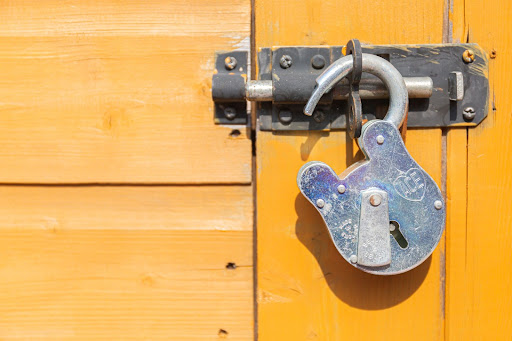
The Importance of Home Security Audits
Home security audits are important because they help you identify and resolve any potential security risks and vulnerabilities before they become a major problem, as well as provide peace of mind that your home is secure. They also help you take the appropriate steps to make sure your home is as secure as possible by leading you through every step of the process. New home walkthroughs are an essential part of security as well, but completing an audit at least once a year is a critical component toward keeping your home safe.
Pop-A-Lock offers a readymade home security audit checklist to help get you on your way to total home security. If you haven’t completed a home security audit in a while, or if this will be your first one, check out the list and let Pop-A-Lock be your guide!

